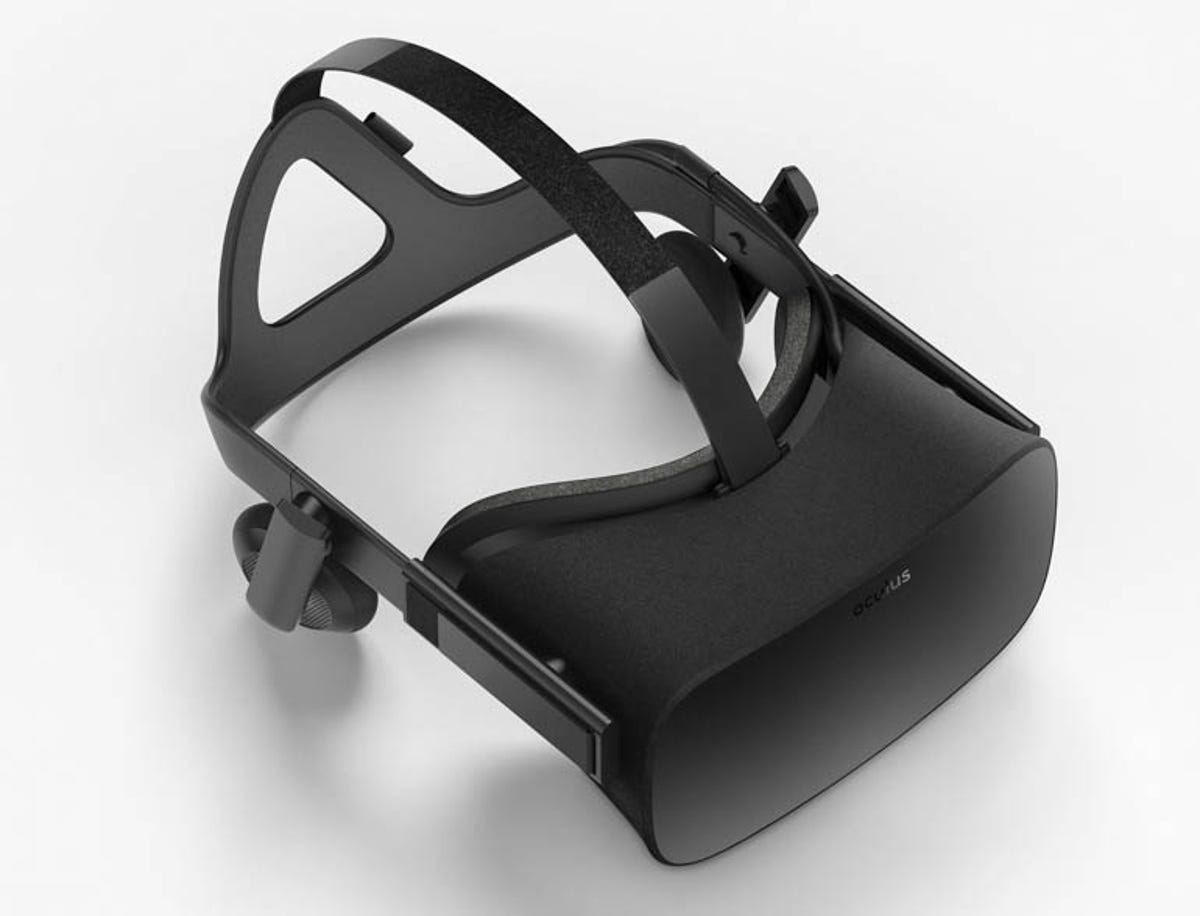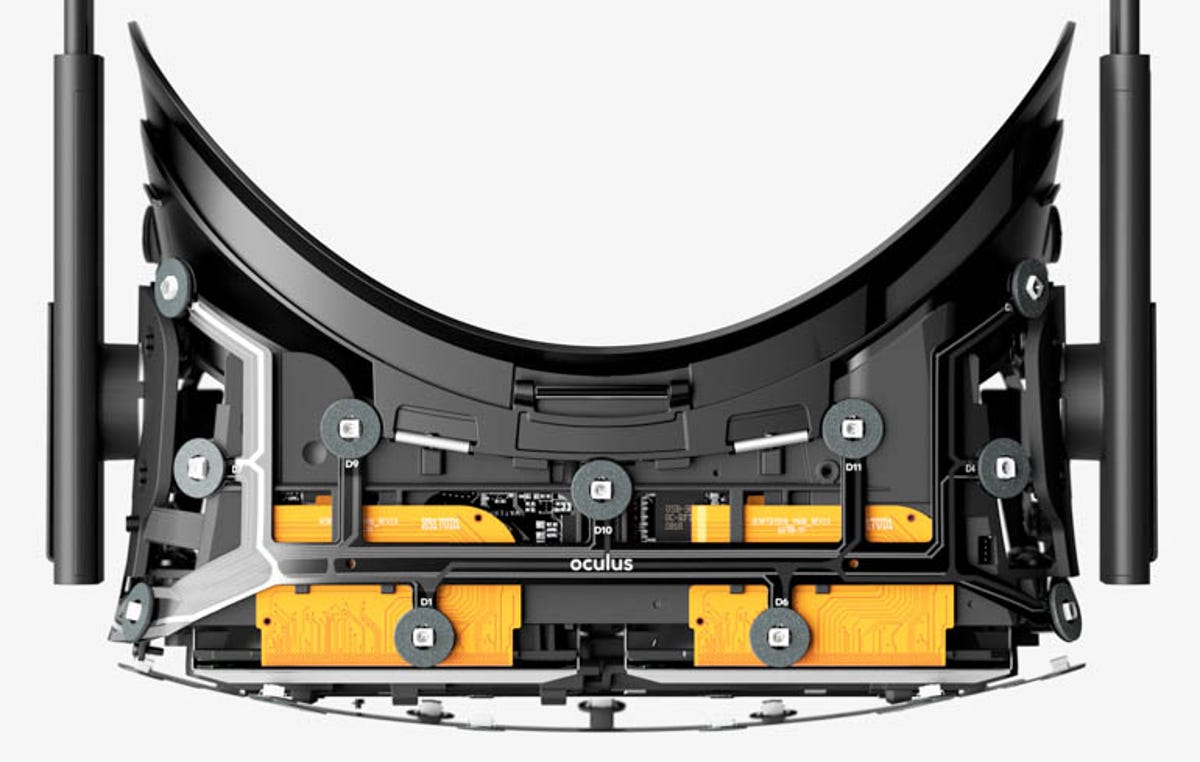This story is part of CES 2016. Our editors bring you complete CES 2016 coverage and scour the showroom floor for the hottest new tech gadgets around.
At the start of this year’s CES, Oculus announced pricing and preorders for the much awaited Rift VR headset.
As someone who has covered Oculus from the beginning, I was excited to be able to buy something far more advanced than the already fun but very much a work in progress Development Kit.
As soon as the $600 price was announced, the Internet and Twitter went apoplectic, with one outlet essentially proclaiming that the dream of cheap VR was dead, and Oculus VR founder Palmer Luckey taking to Reddit to apologize.
Huh? Am I the only one that thinks the price is perfectly rational for what it is? Having now played the shipping version (and nearly every other previous version), I’m more than happy to shell out my own $600 for something so amazing. Why are there suddenly so many haters?
The demo blew my mind
I’m going to assume most of you haven’t tried the Rift, and that in itself could be part of the reason why there’s a backlash. After all, if this was just some lame VR thing, like all other lame VR things before it, $600 would be insane and not worth anyone’s money.


Oculus
Here’s the demo I got yesterday at CES, to give you some idea why this device is so cool.
After getting situated in the headset, headphones, and with the two touch-sensitive controllers (the Touch, shipping later this year), the world before me became the end of a long subway car. I was able to look around fluidly, with no lag to the motion and no blurring of the images (thanks, Black Frame Insertion and the OLED display). In front of you are ghostly images of your hands, which turn and flex to mimic the motions of yours in the real world. I’ve never seen anything like that before, and it’s amazing.
There’s no walking in this specific demo. Instead, you teleport with an aim and button push of the controller. Once you get the hang of this, you proceed to the next car. Here, a voice instructs you to look down on the car’s bench beside you. There, two guns sit. The voice simply tells you to pick them up. You reach down (I even had to bend slightly at the knees to reach them), and put your virtual hand over the gun.
Related Articles
- Why Oculus Rift pricing isn’t what you thought it’d be
- What it’s like to use the Oculus Rift and Touch
- Reserve your Oculus Rift headset on January 6
- Oculus Rift sets price at $600 to stir up VR buzz at CES 2016
- Hands on: Oculus Rift VR Headset
All you do is grip the controller, just as if you were gripping the butt of the gun. Your virtual hand simultaneously does the same in the game world, and now you have a gun in your hand. Incredible. Natural.
After this, the train arrives at the station, and waves of baddies swarm you. After a few minutes learning the language of the Rift and game, I was teleporting around like a pinball; snatching bad guys’ weapons; looking, shooting and basically acting like Neo. There’s even a moment where the voice-over tells you to try grabbing the bullets out of the air…which you can do because the game knows the locations of your hands and fingers. Then you’re able to throw the bullets back at the attackers.
It’s all so natural and fluid, it’s less like a “game” and more like how you figure you’d act if you were suddenly transported into The Matrix. It’s more realistic and absorbing than any game I’ve ever played, VR or not.
And this was just one short launch demo game, just a tiny sliver of an example, on what is technically a first-generation product. We are definitely at the start of the Age of VR.
Feature creep
When they first demoed the Rift, it was a simple device with accurate but fairly simple head tracking. Then came the external positional tracking, the positional audio, the far better screen, and so on. The most similar device to the first Rift prototype is the Samsung Gear VR, which, at $99, uses your own phone’s screen (presuming you have one of the compatible models), and does basic tracking to let you look around an environment from a fixed position.
The Rift is far more complex, and as such, more expensive. The aforementioned positional tracking, positional audio, high-resolution screen (2K per eye), and so on, all drive the cost up. Are these all improvements? From each generation I’ve seen, absolutely. Do they all help and increase immersion? Absolutely. Do the make it a $600 product when everyone wanted a $300 product? Apparently.


Oculus
The price is right
Given what it does, and how well it does it, $600 seems reasonable to me. Would I prefer it to be under $500, or under $350? Sure, but as I just mentioned, this is a first-gen product. Those never ship with the hoped-for pricing. We all wanted $1,000 OLED TVs, and that hasn’t happened yet, either.
I think a lot of the anger at the price is disappointment, and that I understand. After all, I’m sure there are many of you that have been excited about this as I am, but can’t afford to blow $600 on something that is, at the end of the day, entirely an add-on device to a gaming PC.
And that’s the other aspect. You need a decent PC to run it. This was always a given to me, but for those interested in VR that aren’t PC gamers, that’s a whole other cost (and barrier) of entry.


Oculus
Bottom line
Perhaps the aspect that has been lost along the way is that the Rift is and always was a peripheral to a gaming PC. Including the price of said PC in the overall cost of the Rift is like including the cost of the road when you buy a car: it’s assumed you already have one.
I think a lot of the backlash is because the Rift is out of reach of a lot of people who would otherwise love it, and that is a bummer. However, and this seems the point most frequently lost, this is a first-generation product. The Rift won’t always be $600. The next generation will be cheaper and better. Don’t forget, the first DVD and Blu-ray players were $1,000. The first flat-panel TVs were $15,000. In all of those cases and most others, the first generation was the worst of that product type. They got better — and cheaper. In all cases, with great rapidity.
CES 2016 products that you can actually buy this year (pictures)






+18 more
I was blown away by the first Oculus demo three years ago, and every demo since has been orders of magnitude better. The latest version might even be the biggest leap. I bought a Dev Kit and will be buying the Rift. I’ve wanted real VR since I was a kid, and this is everything I’ve wanted. I can’t wait for all of you who want to try it, to check it out too.
Which is to say, this is cool, it will get cooler, and eventually a lot more people will be able to afford it. Perhaps just not right now. Frustrating, but not the end of the world.
Check out the rest of CNET’s CES 2016 coverage here.
Got a question for Geoff? First, check out all the other articles he’s written on topics such as why all HDMI cables are the same, LED LCD vs. OLED vs. Plasma, why 4K TVs aren’t worth it and more. Still have a question? Send him an email! He won’t tell you what TV to buy, but he might use your letter in a future article. You can also send him a message on Twitter@TechWriterGeoff or Google+ and check out his travel photography on Instagram.




